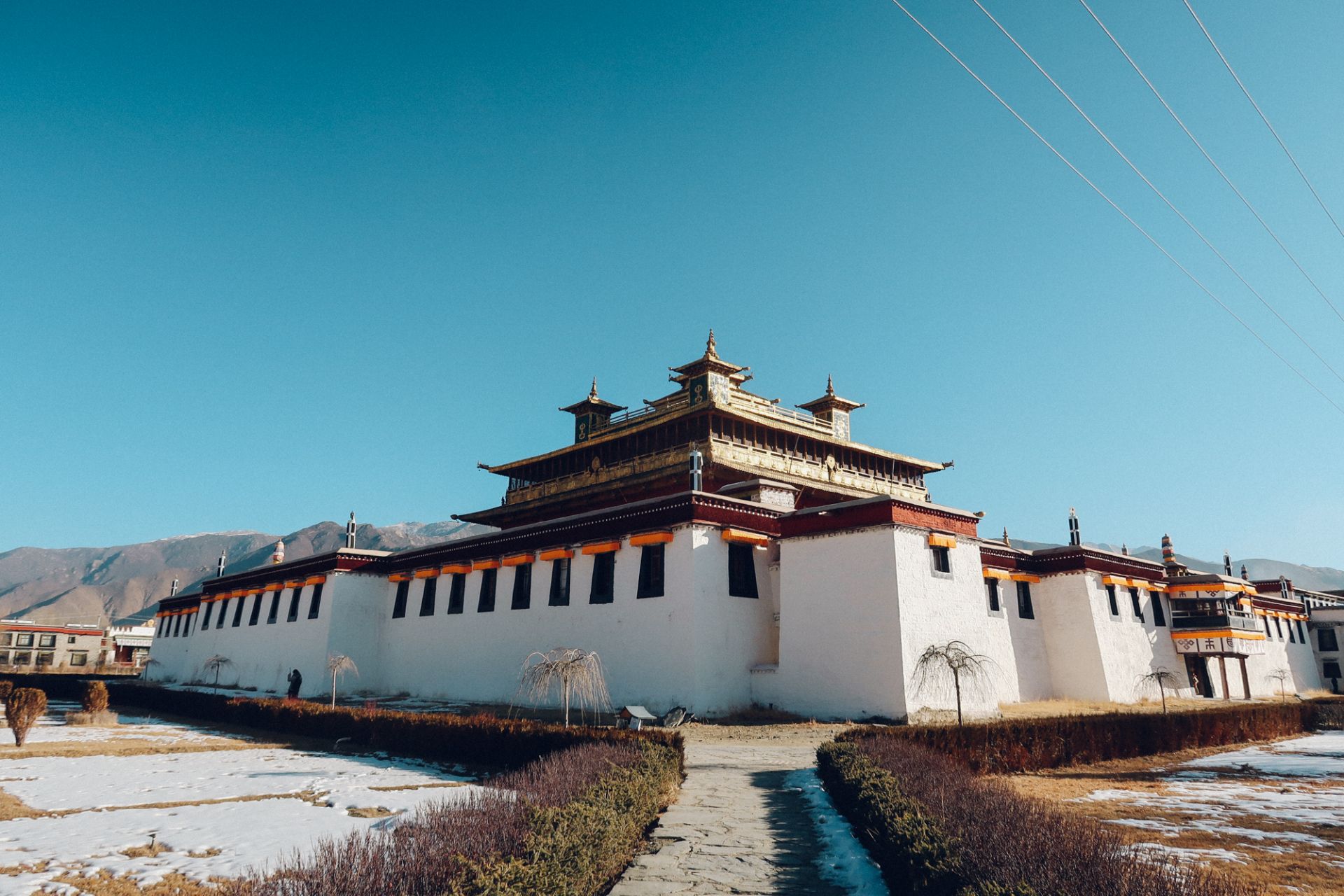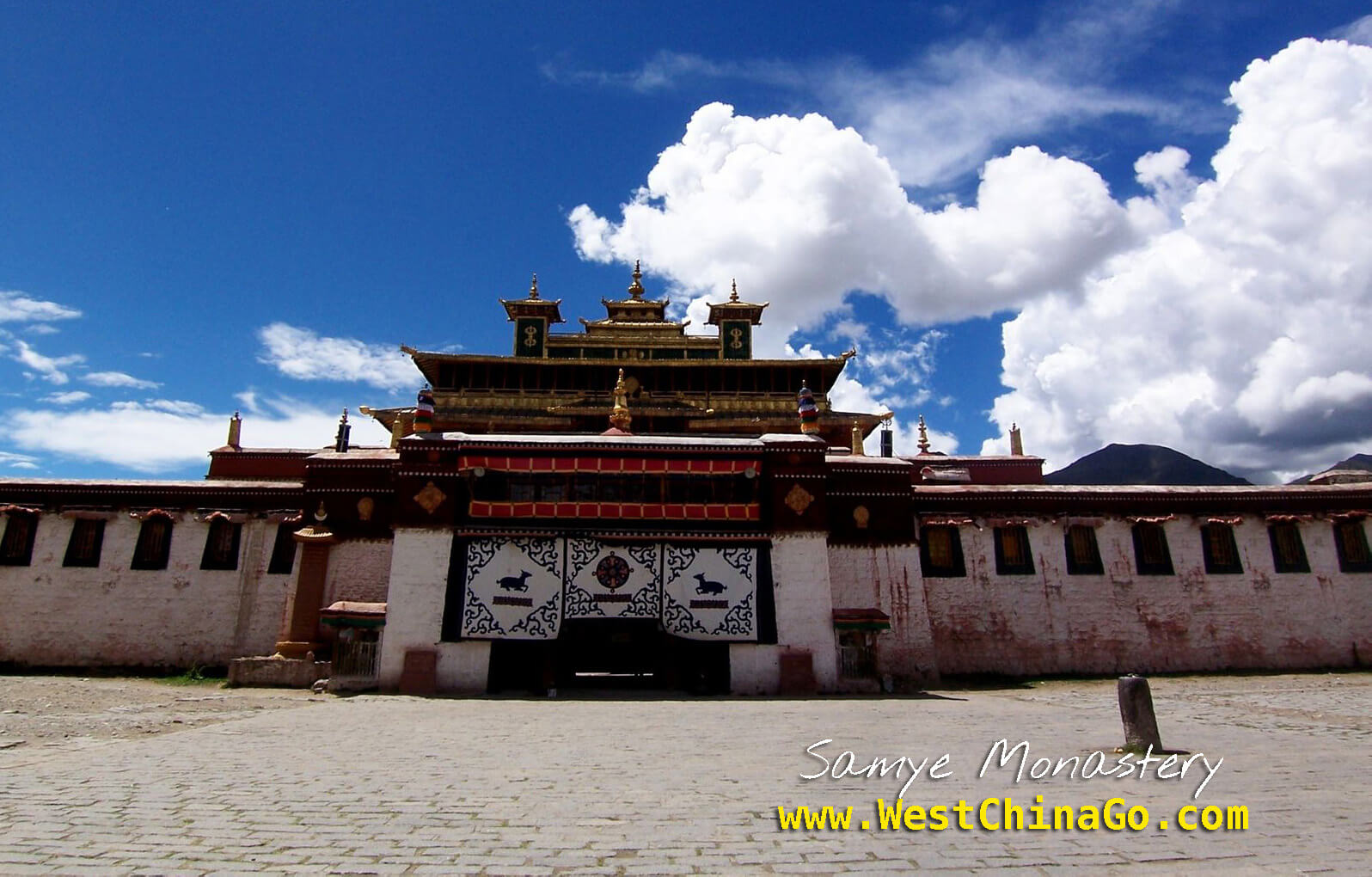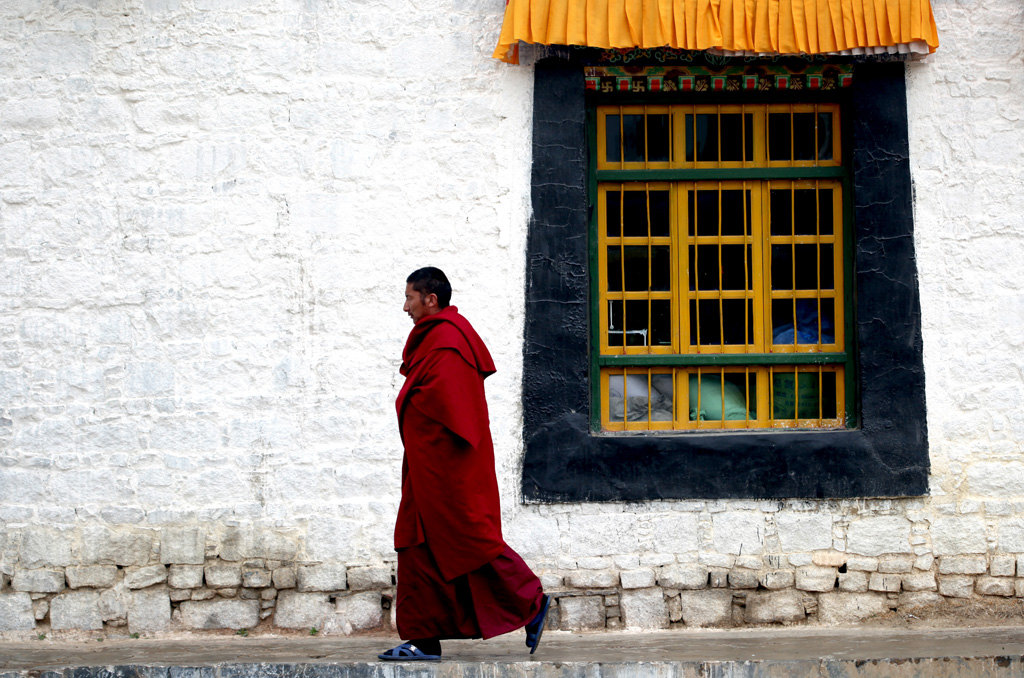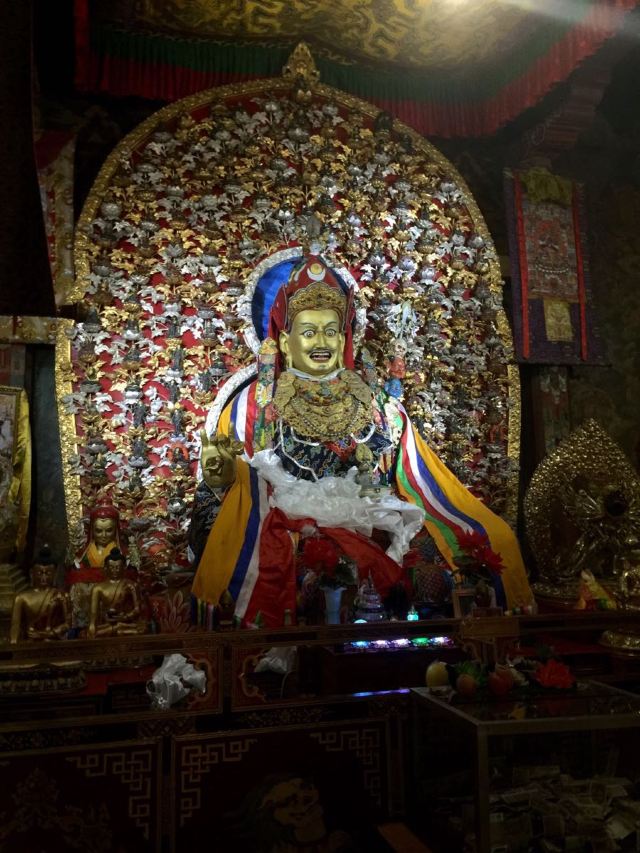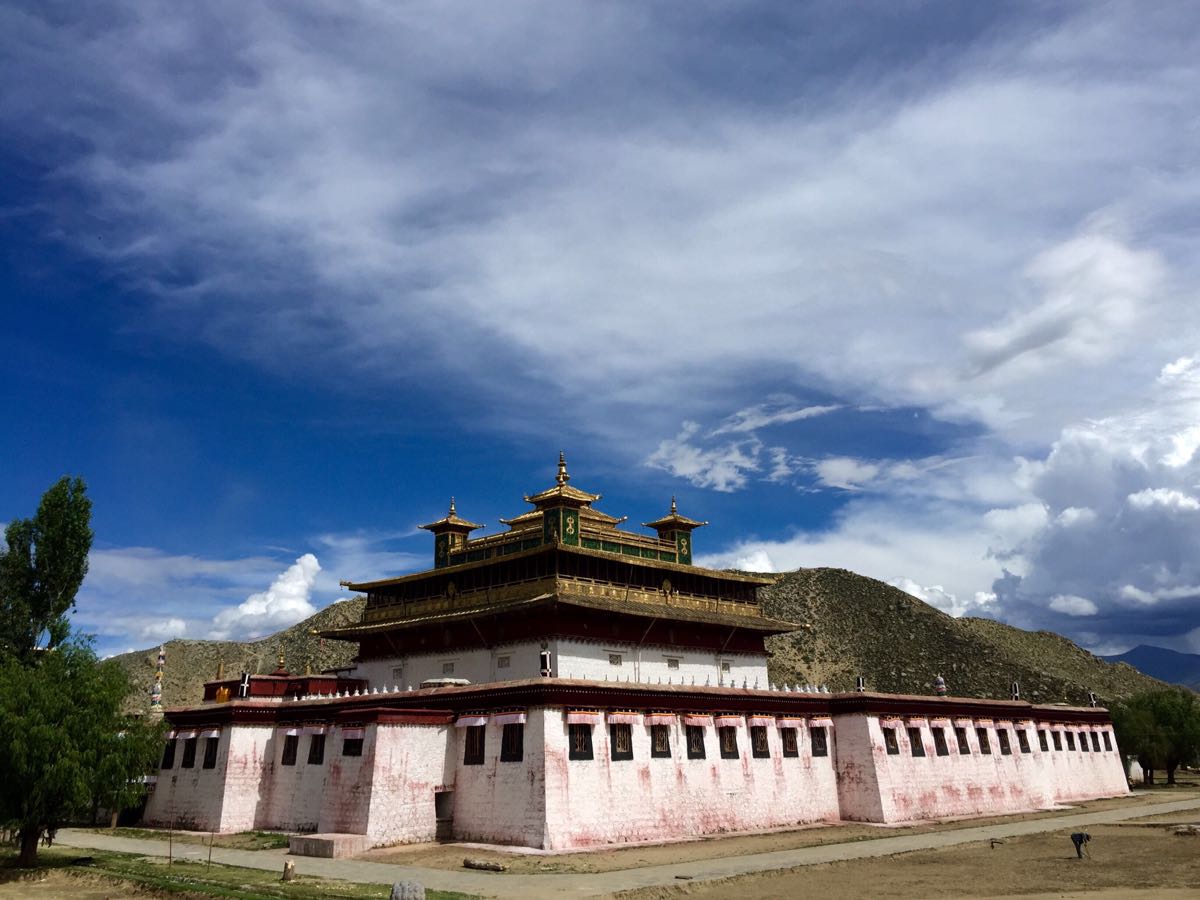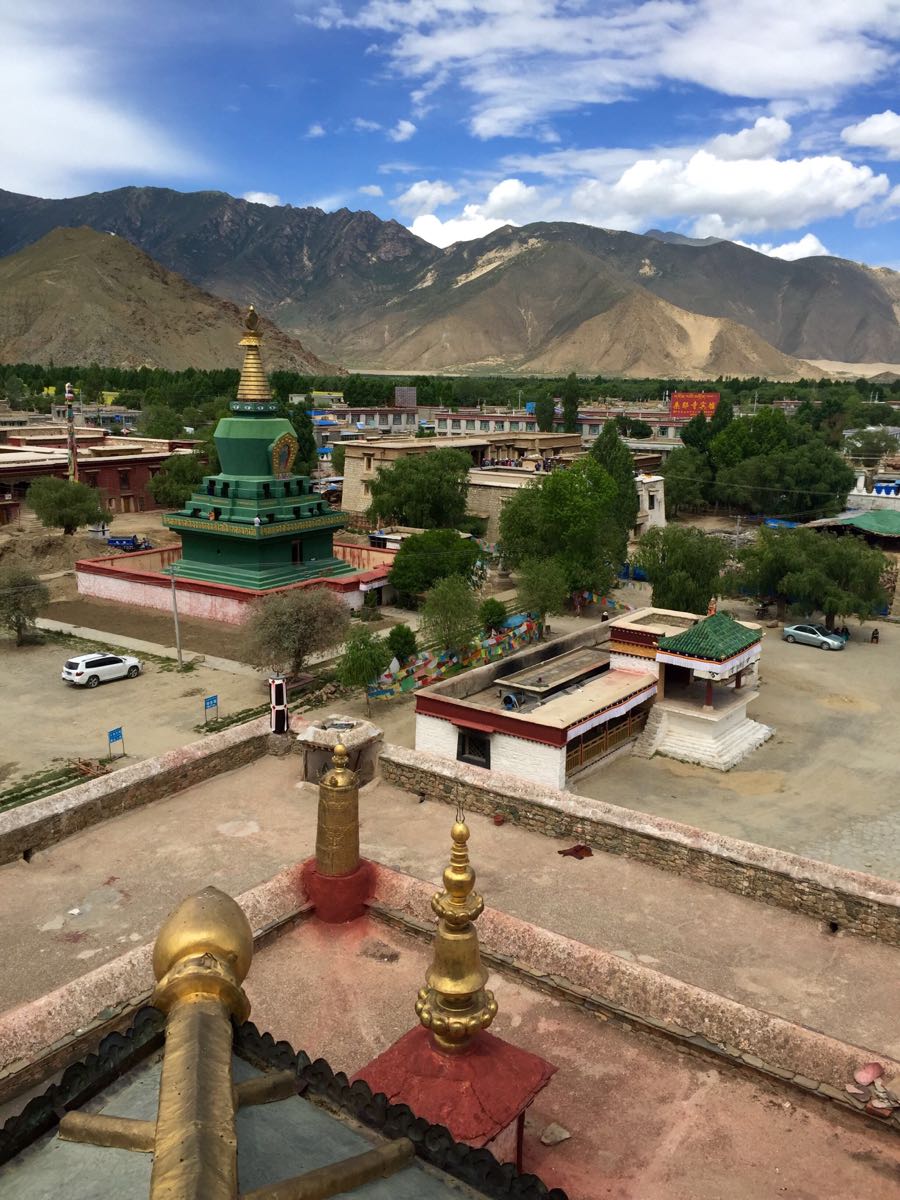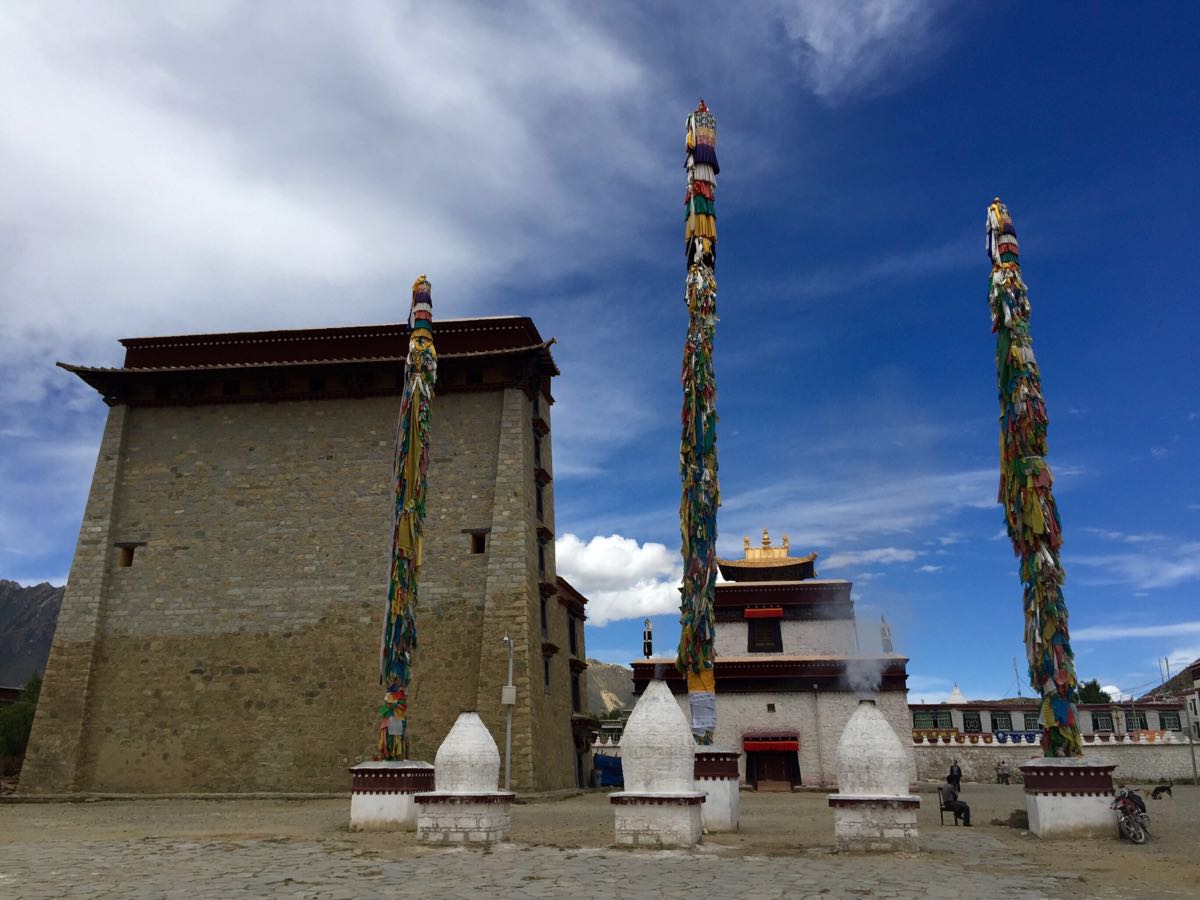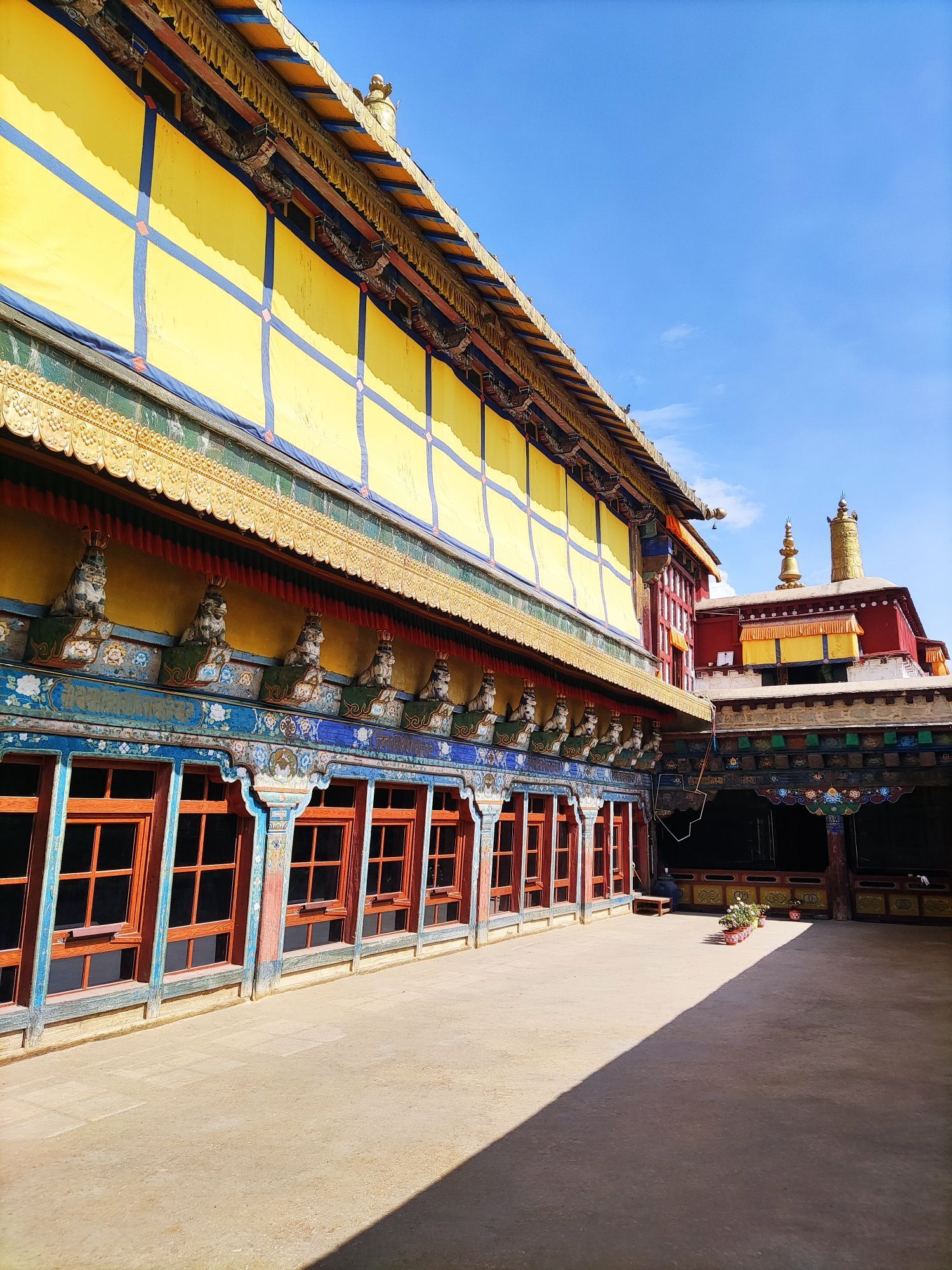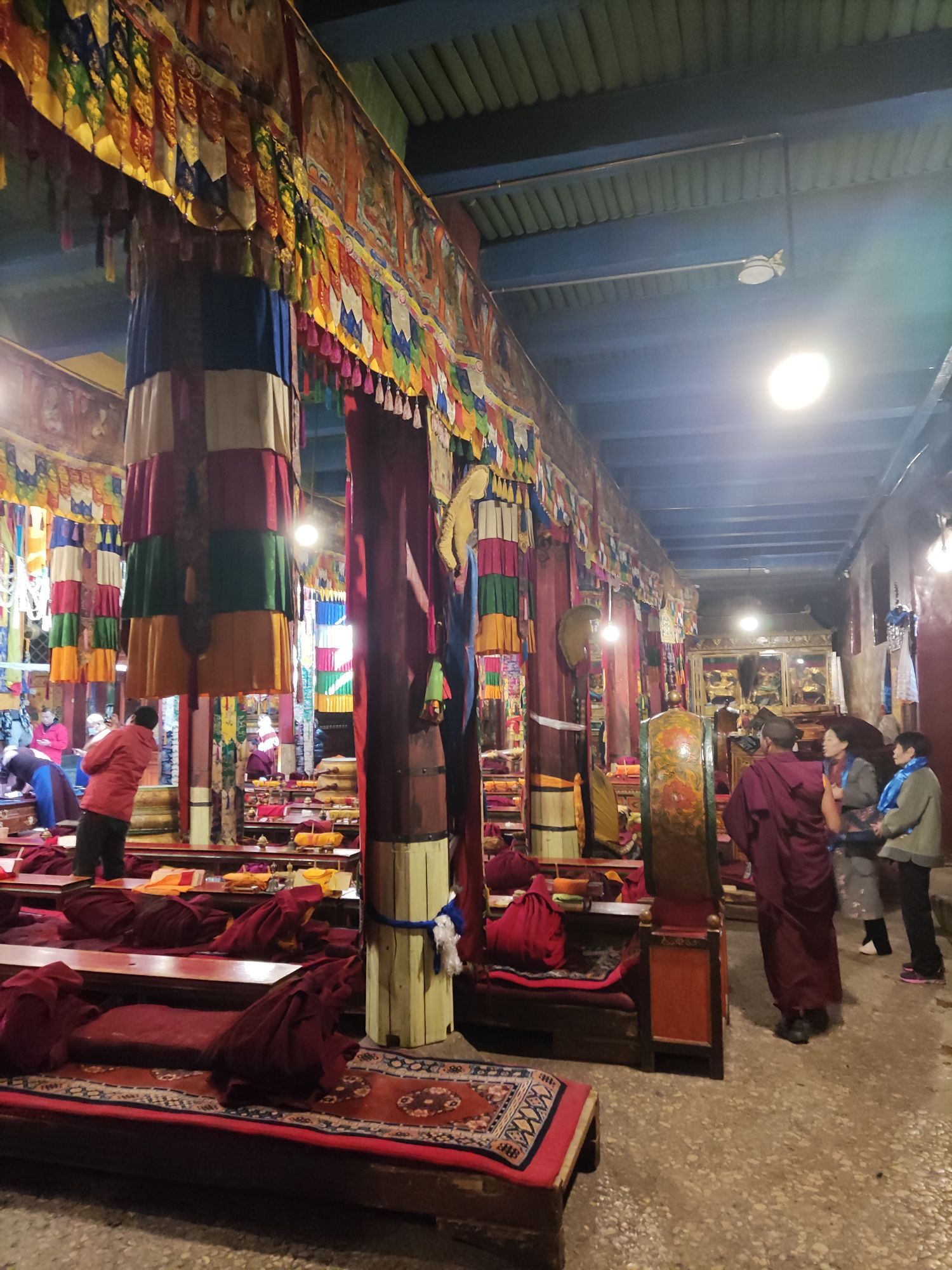
The Samye Monastery
- Chinese Name: 桑耶寺
- Add: 山南市扎囊县桑耶镇
- Attractions Level:AAAA
- Tickets: 45 CNY
- Opening Time: 08:30-17:30
- Tel: (+0086) 0893-7836423

The Samye Monastery
Samye Monastery: The Cradle of Tibetan Buddhism
Located in the tranquil Yarlung Valley, Samye Monastery is a landmark of immense historical, spiritual, and architectural significance. Known as Tibet’s first monastery, it stands as a testament to the introduction of Buddhism in Tibet and offers travelers a profound connection to the region’s cultural roots.
A Historical Gem
Founded in the 8th century by King Trisong Detsen with the guidance of Guru Padmasambhava, Samye Monastery was the first monastery in Tibet to house monks and perform the “Three Jewels” of Buddhism—Buddha, Dharma, and Sangha. Its establishment marked a turning point in Tibetan history, laying the foundation for the flourishing of Buddhism in the region.
Architectural Masterpiece
Samye Monastery is renowned for its unique mandala-inspired layout, symbolizing the Buddhist cosmology. The central temple represents Mount Meru, the mythical axis of the universe, surrounded by temples symbolizing the continents and oceans. Its design seamlessly blends Indian, Tibetan, and Chinese architectural styles, making it a visual and spiritual marvel.
A Spiritual Haven
Visitors can experience the serene atmosphere of Samye Monastery by exploring its sacred halls, adorned with ancient murals and statues. The monastery continues to host traditional rituals and prayer ceremonies, offering a glimpse into the living traditions of Tibetan Buddhism. The panoramic views of the Yarlung Valley from the monastery add to its allure.
Cultural and Adventure Opportunities
Samye Monastery is accessible via a scenic drive or a memorable ferry ride across the Yarlung Tsangpo River. Nearby, visitors can explore other historical sites such as Yumbulagang Palace, adding depth to their journey through Tibet’s cultural heartland. For trekking enthusiasts, the nearby trails offer an immersive experience of the region’s natural beauty.
Why Visit Samye Monastery?
As the birthplace of Tibetan Buddhism, Samye Monastery is a must-visit for those seeking to understand the roots of Tibetan spirituality and culture. Its rich history, stunning architecture, and serene setting make it a highlight of any Tibetan adventure. Experience the timeless legacy of Samye Monastery and uncover the spiritual essence of Tibet.
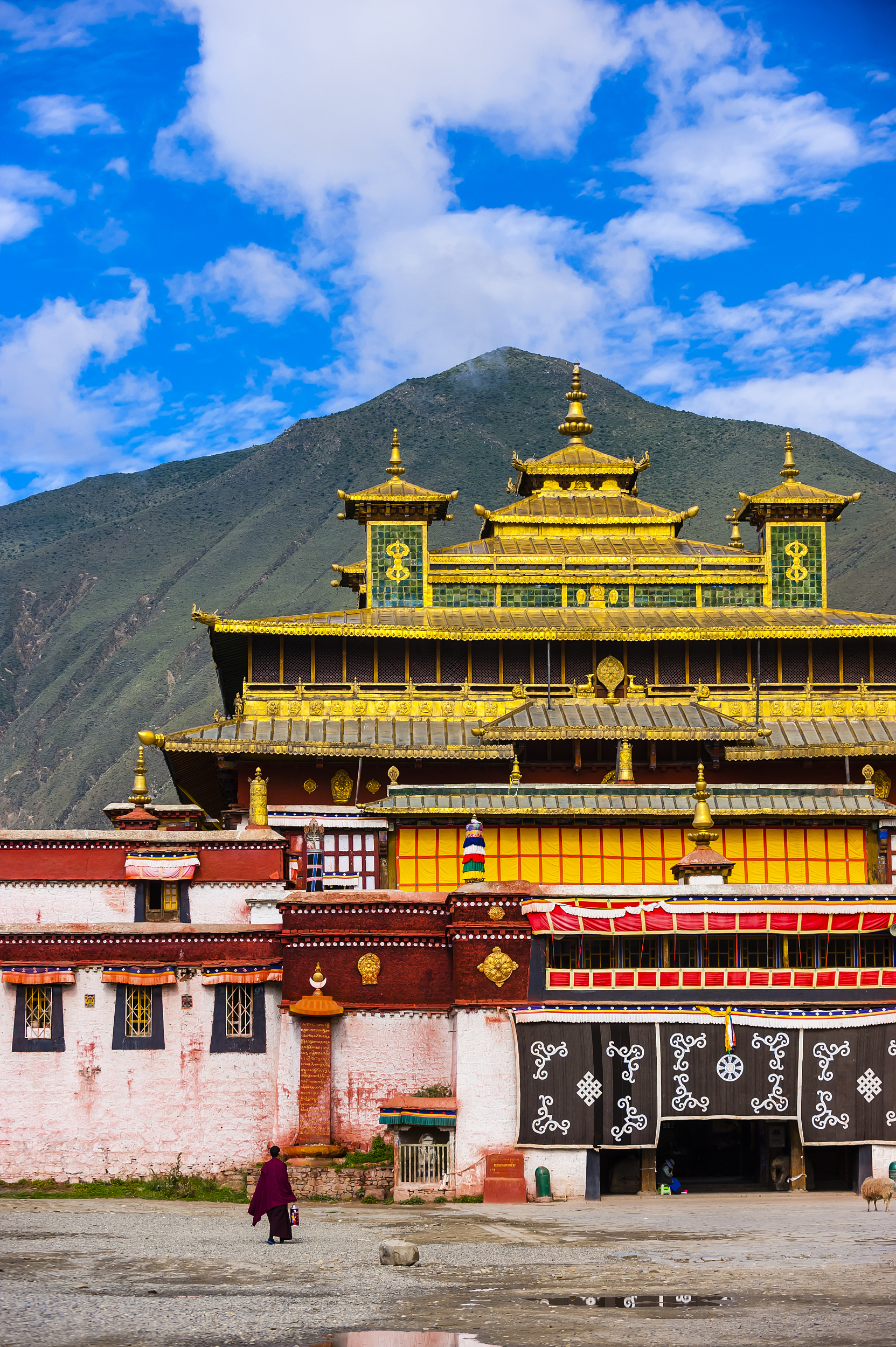
Samye Monastery Video
The Samye Monastery Tourist Map
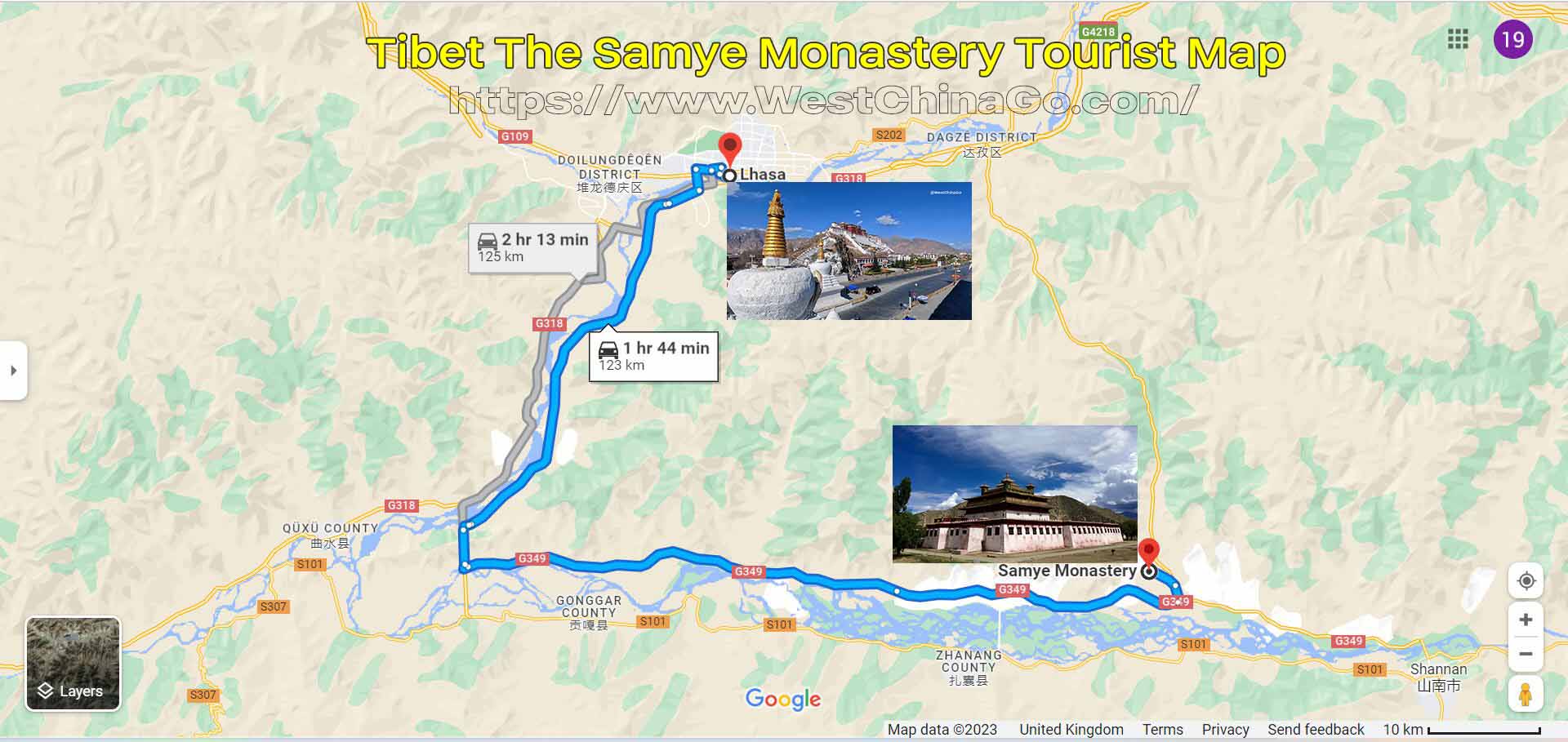
The Samye Monastery Travel Guide
Scenic route
Take a free car from Lhasa to Zedang and get off at Sanye Ferry, which takes 3 hours. You can also take a car from Zedang to Sanye Ferry, which is about 30 kilometers away from Zedang. After getting off the bus, take a motor boat to cross the Yarlung Zangbo River. After landing, you can take a truck to the gate of Samye Temple. The boat owners and drivers here sometimes ask for more money, so you should ask about the charges before boarding the car or boat. When leaving, you can turn back to the Sanye Ferry along the original road, and wait on the side of the road for free rides and long-distance buses to and from Lhasa or Zedang.
best season to visit
The climate is mild from June to August every year, warm in winter and cool in summer, so it is suitable for travelers to travel in Shannan in most seasons of the year.
stay
Due to the long distance, you can consider lodging locally. There is a small hotel in the temple, and the price of scattered shops ranges from 15-40 yuan per person.
